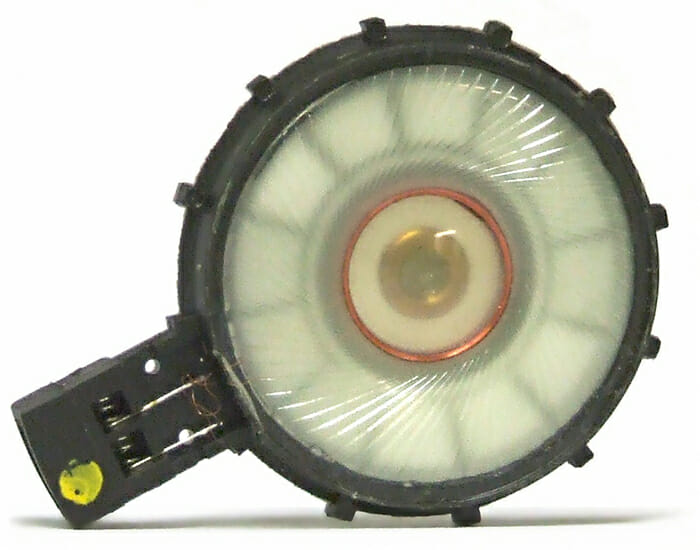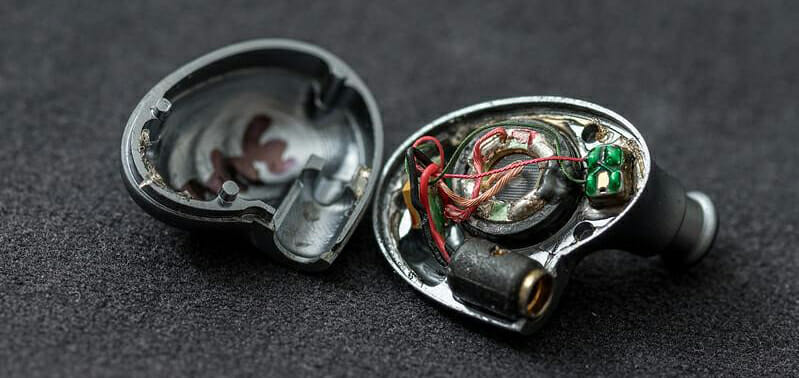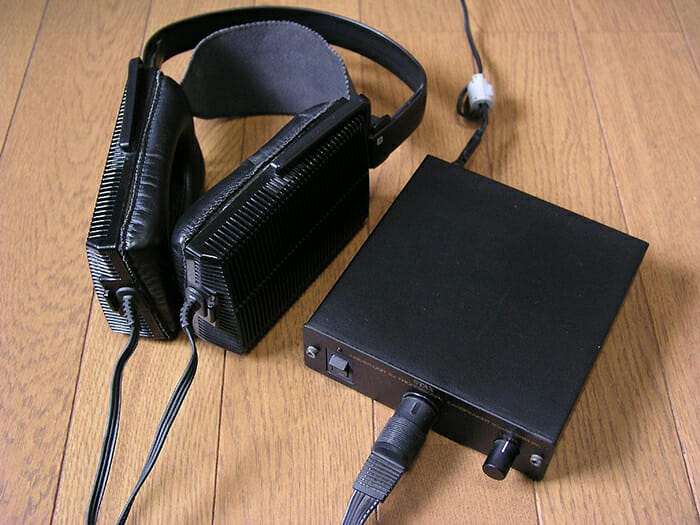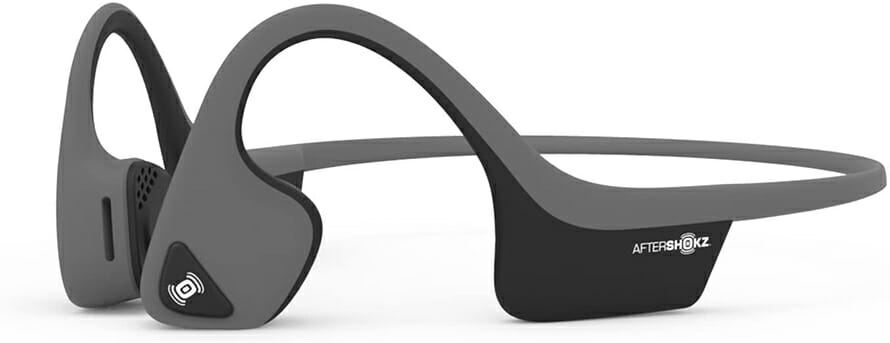Headphone Drivers. What Do You Need to Know?

Headphones are among the most top-purchased consumer devices in the world. Headphone innovation by companies such as Sony, Samsung and Apple is often in the limelight, because the consumer market is solely focused on headphones which can be used with mobile phones with ease.
Earbuds or earphones, are the most commonly sold headphones on the market today. However, headphone innovation doesn’t stop with smartphone companies producing equipment for consumers, but true audiophile companies who specialize in making headphones.
Headphones are typically divided into types, often due to their shape, for example open vs closed back headphones.
However, headphone driver types are as important if not more important than the shape of the headphone.
Headphone Driver Types Explained
The first thing to know about drivers is their purpose. As their name suggests, a driver is used to move air and drive it into our ear canal. Drivers have a single purpose, to convert electric signals into vibrations, so that we can hear sound.
Drivers consist of three elements, typically, the magnet, which is used to create power which is then sent to the voice coil. The voice coil is connected to the diaphragm and when it vibrates, due to interacting with the magnet, it pushes the diaphragm back and forth, thus creating sound.
The way these drivers, also known as transducers, function, defines the type of a driver.
Driver types affect the overall quality of sound, though they shouldn’t be the primary reason you decide on whether to buy a pair of headphones.
Dynamic Drivers
These are by far the most common drivers that you will find in most commercial headphones, regular, neutral or audiophile-grade. They are very cheap to produce but that doesn’t mean that they will sound bad.
While found in affordable headphones, dynamic drivers are able to deliver a lot of bass response, typically favored by consumer listeners.
The dynamic driver has the voice coil sitting in a permanent magnet and is also directly connected to the diaphragm. It can easily be scaled to in-ear size, but is prone to distortion at higher volumes, if cheap drivers are used.

A typical dynamic or moving coil driver. Image source: Iain Fergusson
Balanced Armature Drivers
These drivers are favored for in-ear monitors. They were invented with the purpose of scaling headphone size down. The voice coil is wrapped around the armature and the magnet is on both sides of the armature. When the coil gets a signal, it starts moving towards the magnets, thus vibrating.
However, the signal is then sent via a drive pin to the diaphragm, thus creating sound. It is important to note that BA drivers do not displace air, which means worse bass response. They also have a very narrow frequency range, which means that high quality BA headphones use multiple drivers, which also increases their price.
BA drivers don’t require vents, making them better at sound insulation by design.

A balanced armature driver dissected. Image source: Markus Kniebes
Hybrid Drivers
Hybrid drivers are most often balanced armature drivers combined with dynamic drivers to get the best of both worlds, the precision in a certain frequency range of the balanced armature drivers and the bass response of the dynamic drivers.
They tend to sound better than either of the two alone, though that also depends on the build quality and the tuning of the headphones.
Planar Magnetic Drivers
Similarly to dynamic drivers, planar magnetic drivers use magnets to drive a diaphragm, however, there is no voice coil, or rather, the coil is in the diaphragm itself. The diaphragm in this type of headphones is often called the orthodynamic diaphragm.
Sandwiched between two strong magnets and stators, electricity flows through the wire in the diaphragm, causing it to vibrate towards the two large magnets. Given the larger size of the magnets and diaphragm, they almost never have any distortion at high sound levels and produce clear sound over the entirety of the spectrum.
They are heavier, pricier and typically require amplification that smartphones and PCs can’t deliver.

A set of Audeze planar magnetic in-ears. Audeze is known for making planar magnetic headphones.
Electrostatic Drivers
Electrostatic drivers are the most expensive drivers and almost always require amplification. They don’t work like any of the drivers on the list. Sandwiched between two magnets is a thin film that vibrates when the magnets change polarity rapidly.
Given that the thin film causes vibrations to form and that there is no voice coil attached to a diaphragm, the sound quality is often pristine.
However, due to the power requirements to drive these headphones at a reasonable or even perceptible loudness, dedicated amplification is often necessary. Outside audiophile usage, electrostatic headphones are very rare.

Electrostatic headphones with an amplifier.
Bone Conduction Drivers
These are not drivers, in the sense that they don’t drive air to the ear canal. What they do is vibrate your jawbone and temporal bone and this is directly picked up by the middle ear. They basically substitute your eardrum.
While they are practical, they have problems with the bass end and always have sound leakage, because they don’t go inside or over your ear. They are most typically used for outdoor exercising.

Headphone Driver Size – Does it Matter?
Headphone driver size could technically affect sound, bigger drivers producing a better bass end. However, this doesn’t matter as much as the quality of the materials, overall build quality and driver type, of course.
If in-ear headphones can produce high quality sound with ridiculously small drivers, then driver size is more of a marketing move nowadays than an actual feature to pay attention to.
Headphone Driver Types Matter to an Extent
While headphone drivers matter and affect the overall quality of the sound, what most people should focus on are the headphone types, whether they are open, closed, or in-ear, as well as their price range and use case.
Once all of these checkboxes are ticked, moving to driver type choice can be an option, though it is always recommended to try any pair of headphones before purchasing them. Basing your purchase solely on driver type is not recommended.